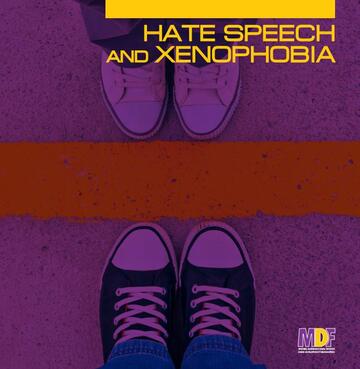
The analysis is articulated in different sections covering discrimination based on ethnic, national, sexual orientation and religious grounds, along with paragraphs devoted to the specific phenomena of Turkophobia, Islamophobia, and Armenophobia. The monitoring covers six newspapers, main news programs and talk shows of five TV channels, prime-time talk shows and six news and information websites. Along with media, other sources of hate speech and discrimination are scrutinized in the report, including political parties and public organizations, current and past civil and religious authorities. Violations are disaggregated by type and source, as well as rendered through a rich array of graphics visual representations. In its concluding remarks, the analysis points out the challenges of reporting on diversity and minorities, noting how the Georgian media provide space for both arbitrary and accidental violations of journalistic standards. To counteract the incitement to hate speech and xenophobia by the media, the report claims, it is hence crucial to strengthen journalistic culture, values and norms, as well as to reinforce the effective accountability and self-regulation mechanisms and to ensure that these are applied in a consistent manner in the whole country.
Tags: Hate speech GeorgiaThe content of this article can be used according to the terms of Creative Commons: Attribution-NonCommercial 4.0 International (CC BY-NC 4.0) . To do so use the the wording "this article was originally published on the Resource Centre on Media Freedom in Europe" including a direct active link to the original article page.

